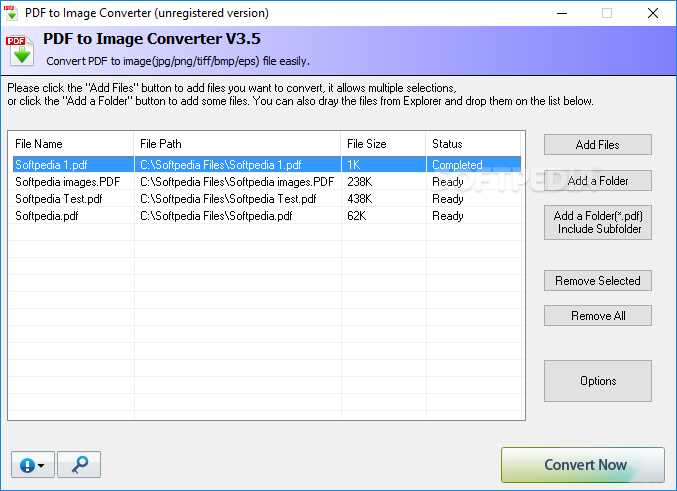
Page "7" of the FFS paper mentions a rotationally optimal layout, in DOSĭays, there were tuning programs to change the interleave factor whichīecame obsolete when CPUs got fast enough and DMA disk access becameĬommon, the paper calls this I/O channel, and interleave factor "1" becameĪlso, booting becomes less sequential if you extend this term beyond the It in the buffer cache is greatly diminished and the disk block surely have To a function will result in another page fault, where the luck of finding With some luck, that page is in the buffer cache, but surely the first call "call" to main(argc,argv), note an OS *returns* to a process to facilitate Since then, binaries are read only that far to set up the process, the This, only swapping of segments, mostly of 64KB size, was common. The VAX introduced a new concept of virtual memory, demand paging. Reorganising the disk for restoring locality which could be viewed as There also an idea published 1976 was mentioned that suggested regularly Under *NIX then, it involved a dump, rebuild, and restore. See on page "3" why defragging the "old" 7thED file system was a non-issue Windows' DLLs already posing a problem because no longer a single binary Like on the PDP-11, binaries got slurped into RAM in one chunk, OS/2's and Since in my page it's not clearly said.īack in old DOS/Win16 days, there may have been an advantage for contiguous I'll refer to this paper in discussing a lot about disk defragmentation.
#Ps to pdf converter salmar pdf#
GhostView will show it, you can convert it to PDF with this tool as well if "05fastfs.ps" ten years ago is no longer existent. The current file name is most probably "ffs.ps".

Since it is unlikely to post here a PDF, I recommend to search for "A Fast 24 Neutral point of view regarding tools and stuff.21 Page is too focused on file fragmentation.18 NTFS disadvantage: smaller default-clustersize.17 Misleading explantation, lack of discussion of alternate strategies.7 New article titled "file system fragmentation".


 0 kommentar(er)
0 kommentar(er)
